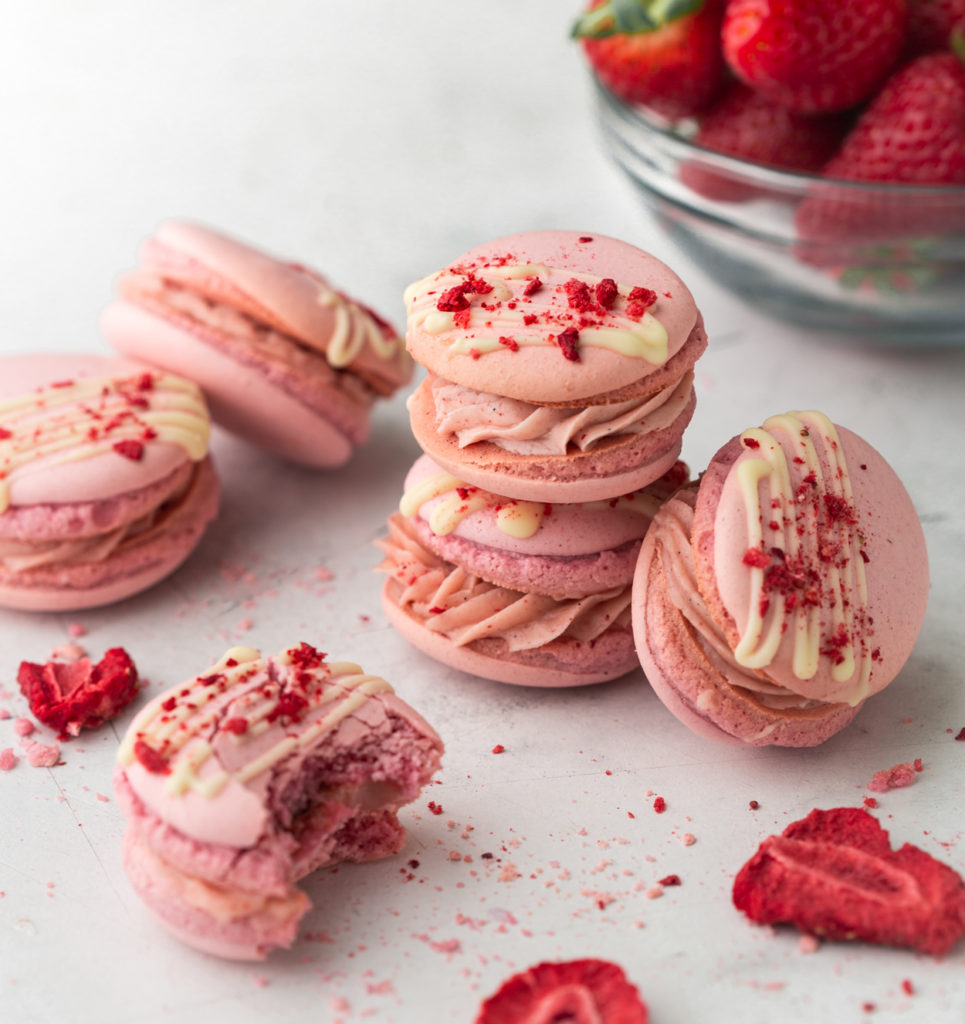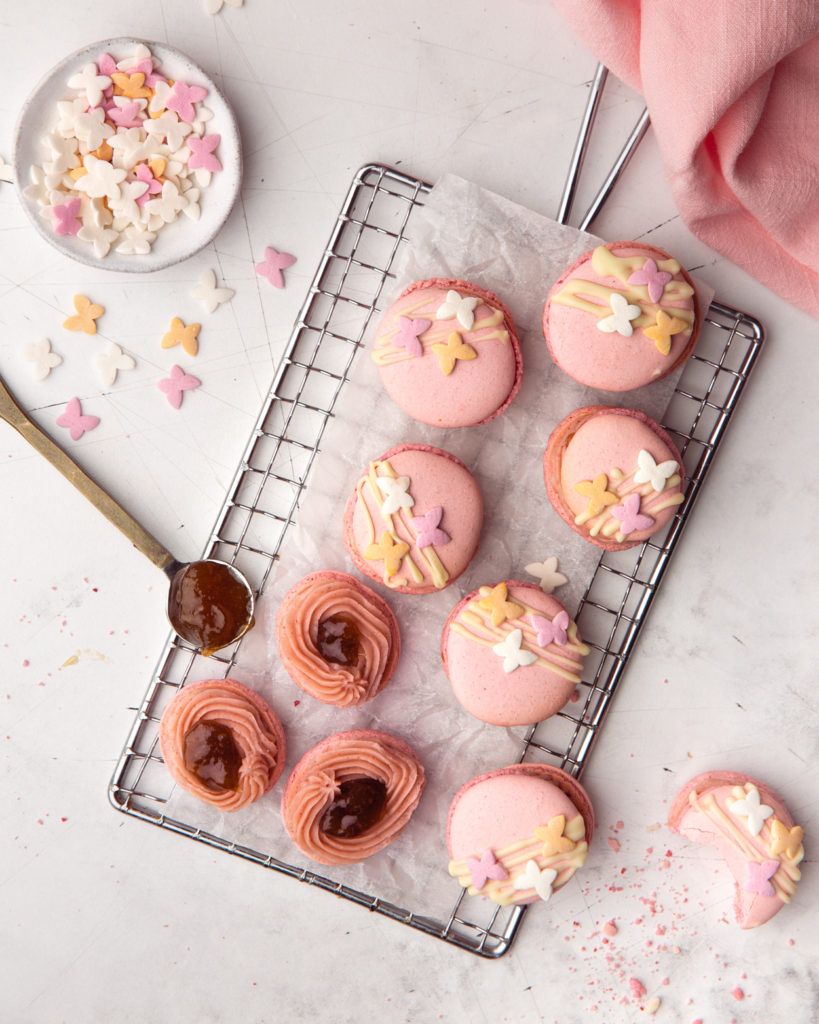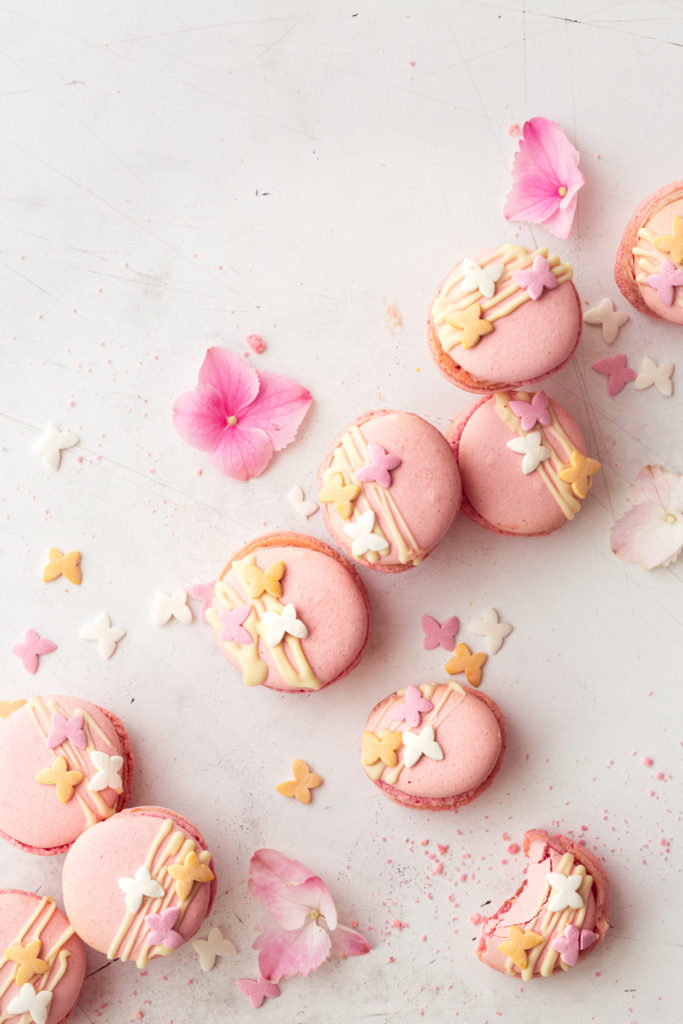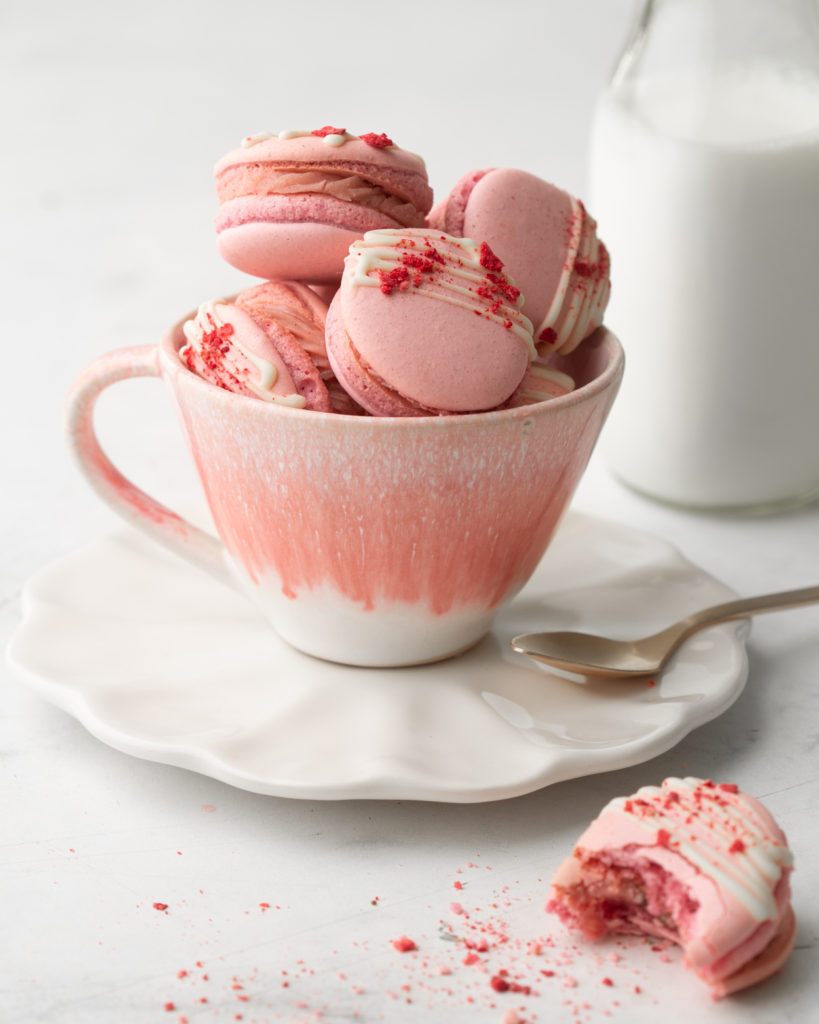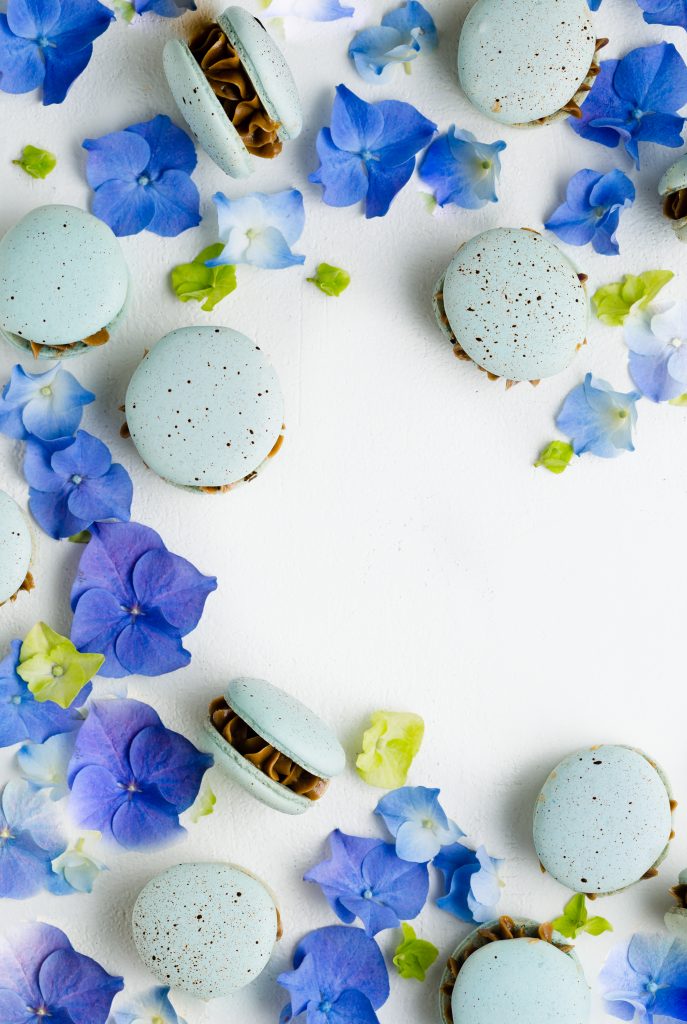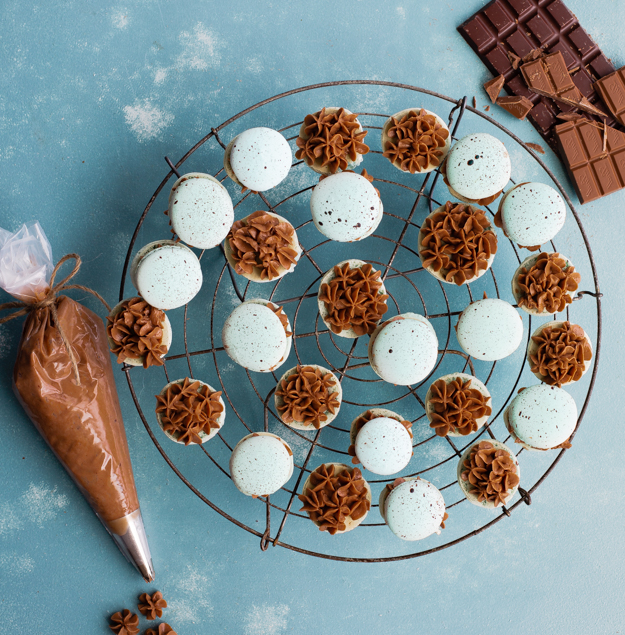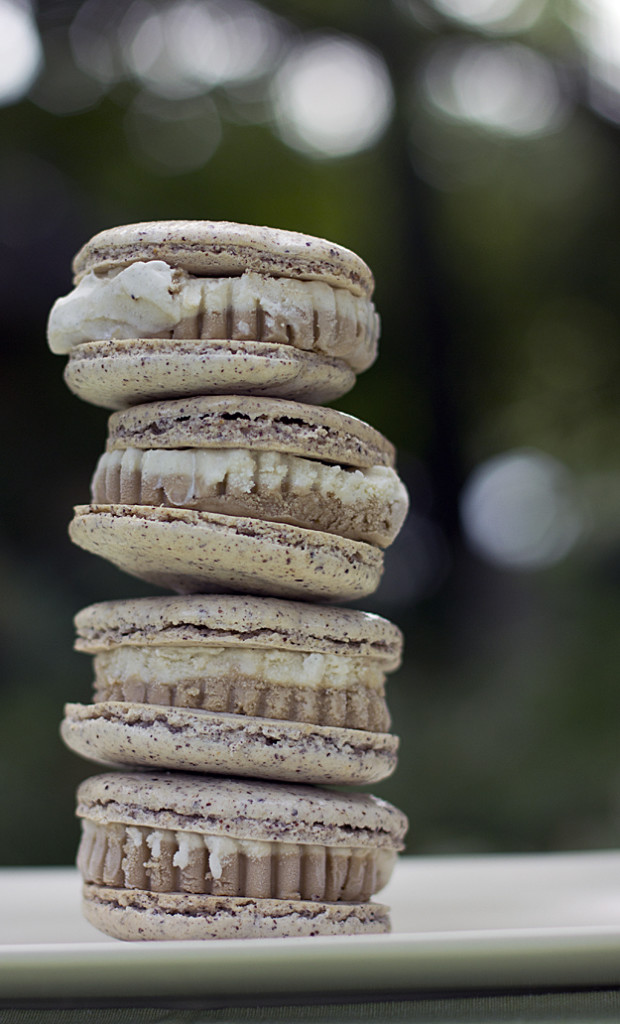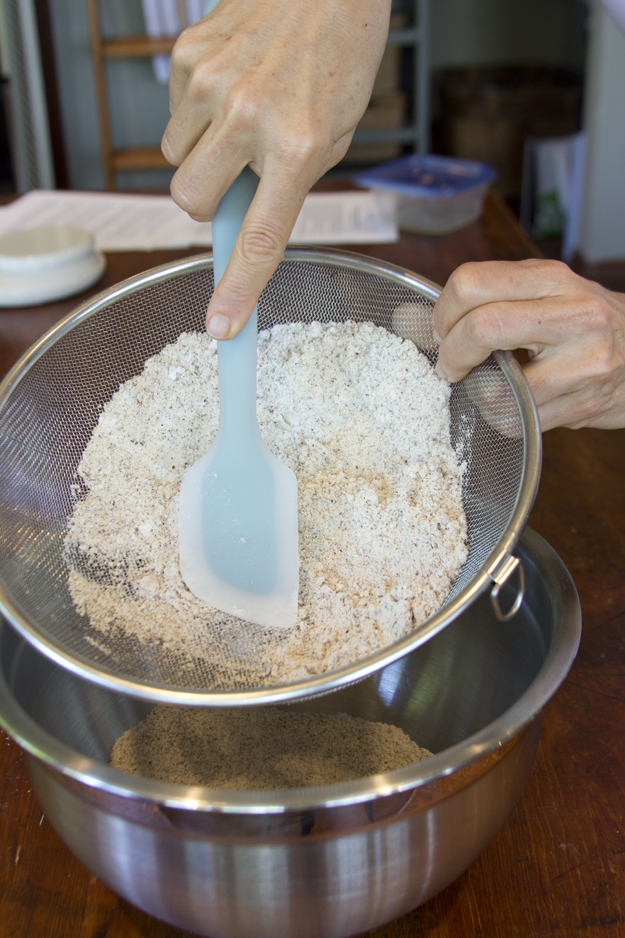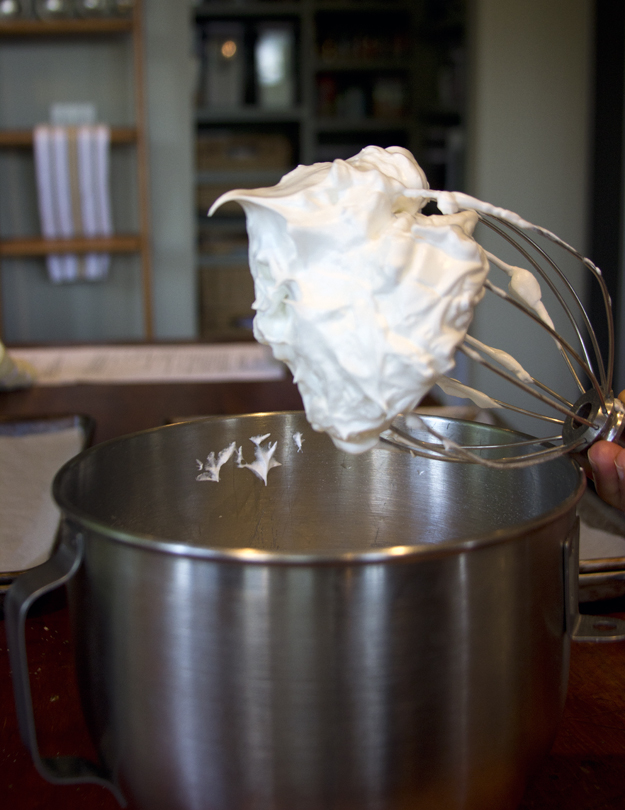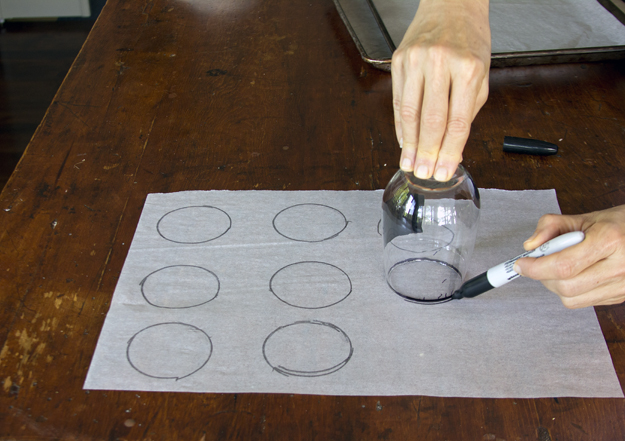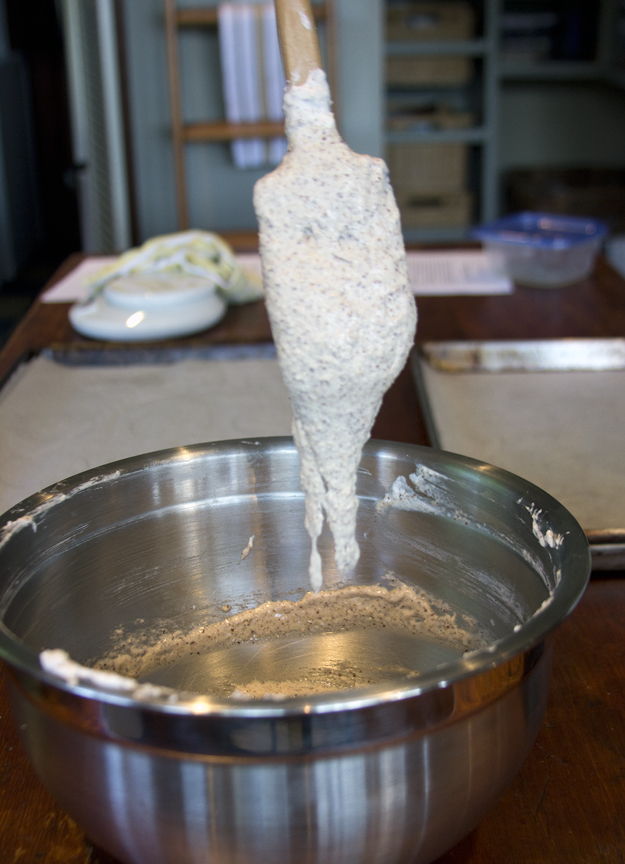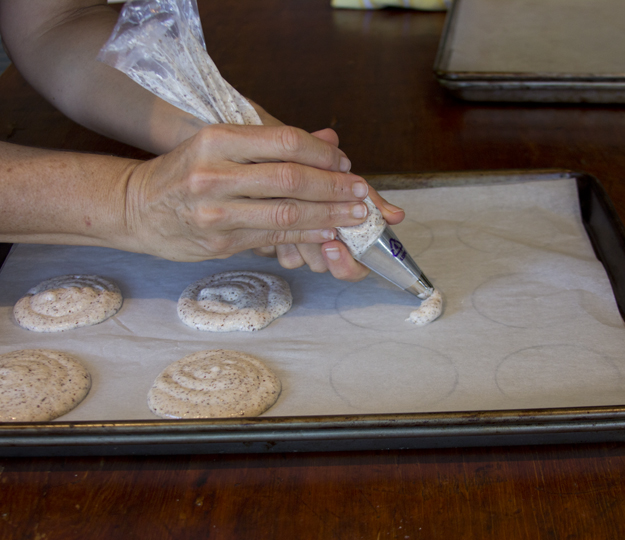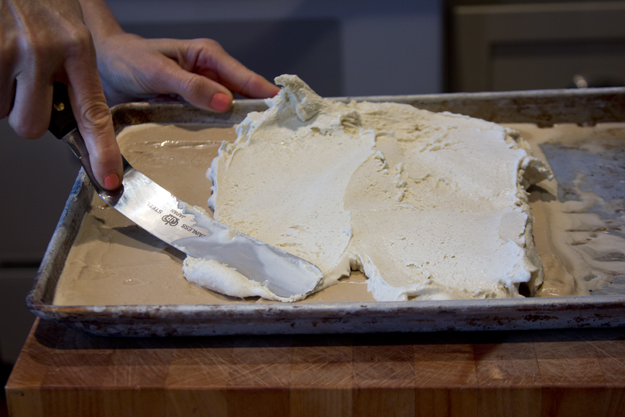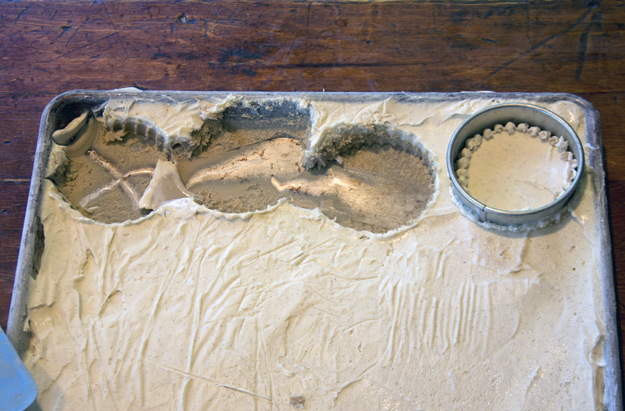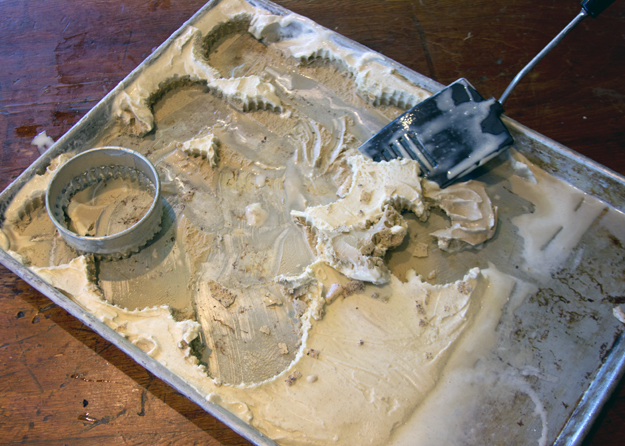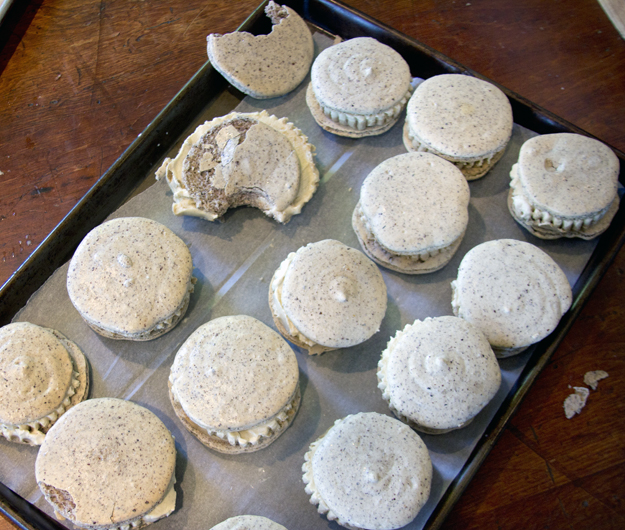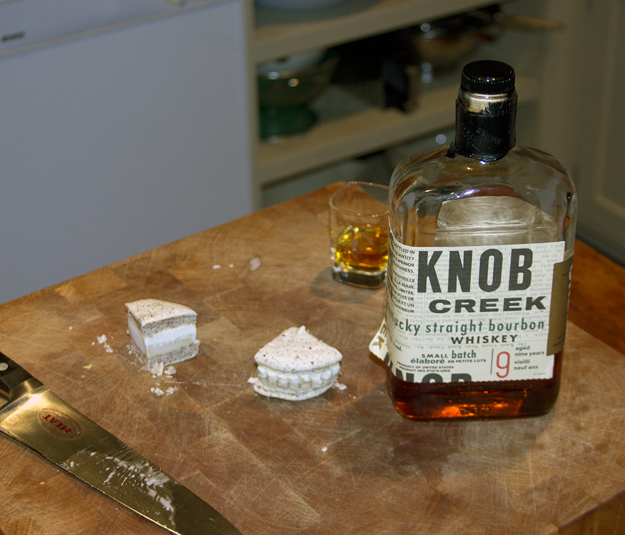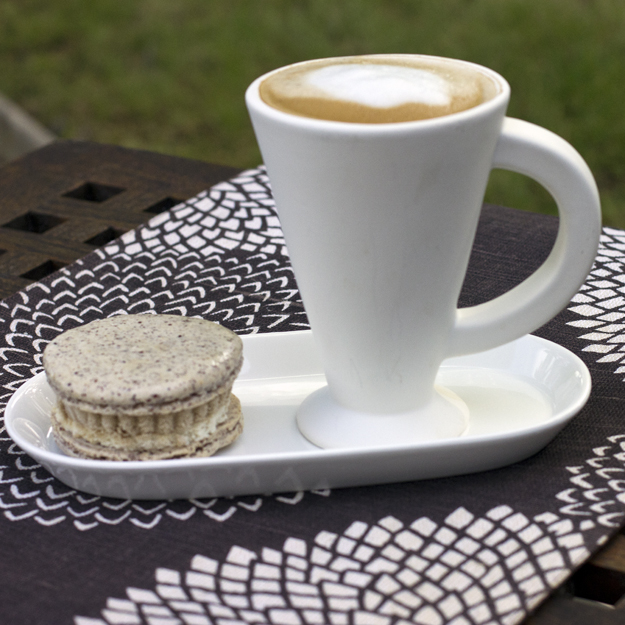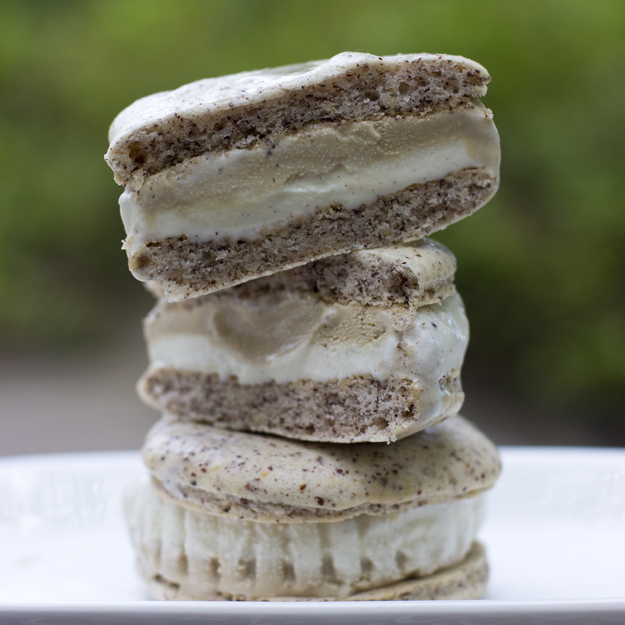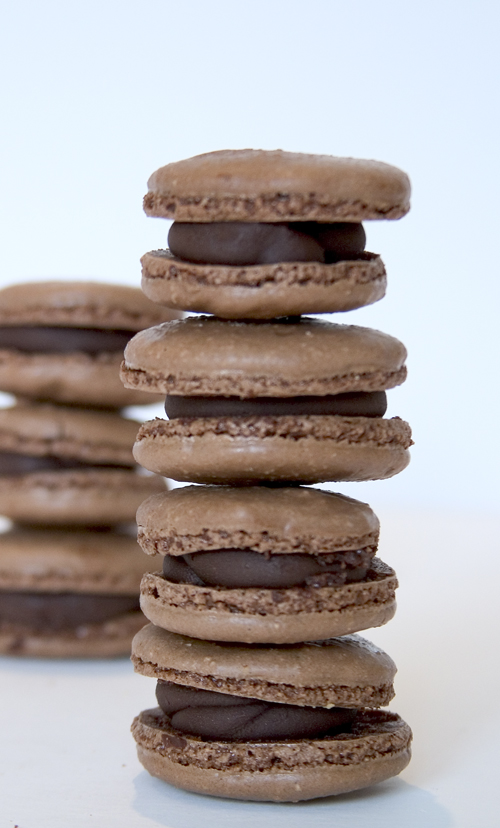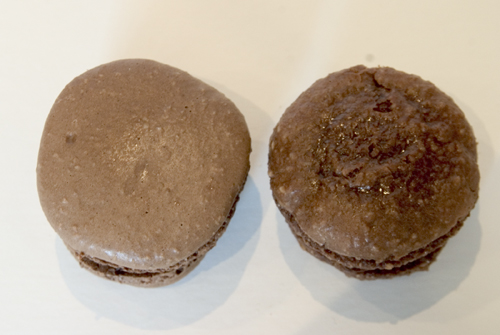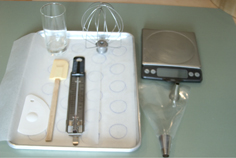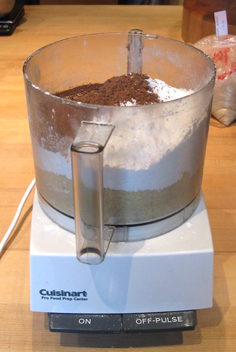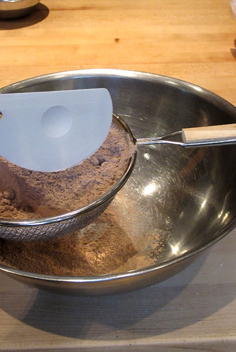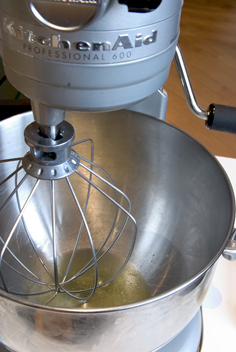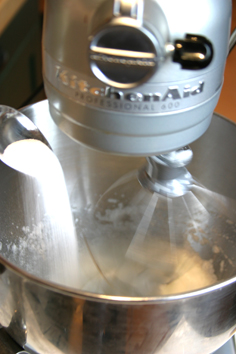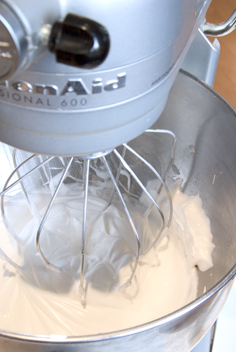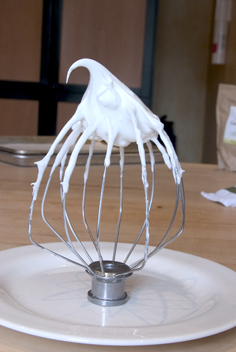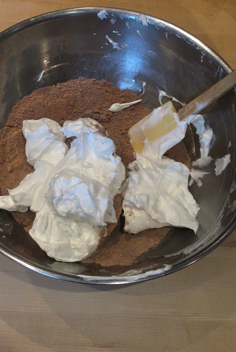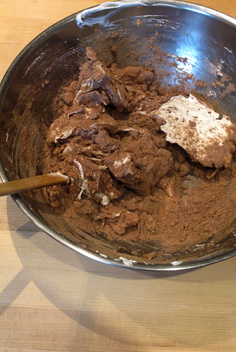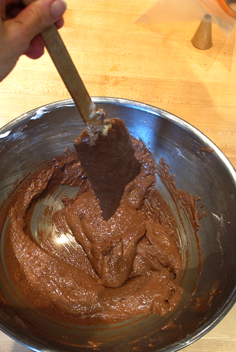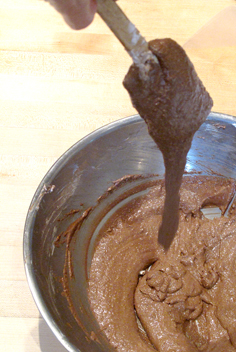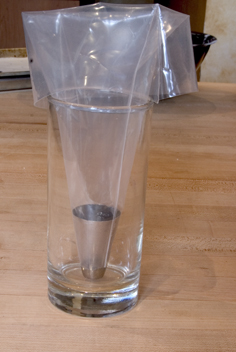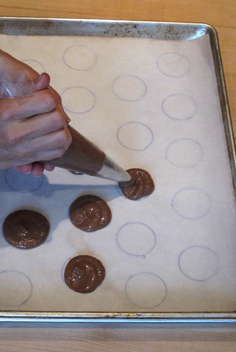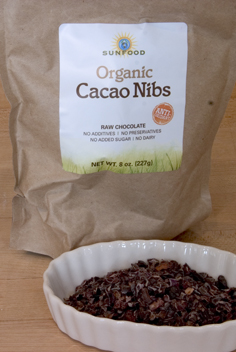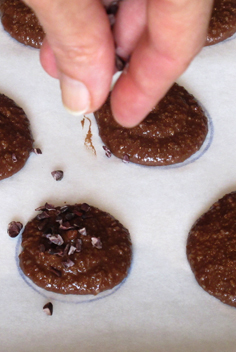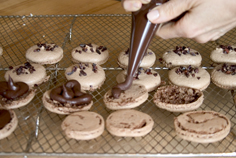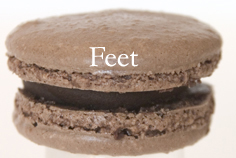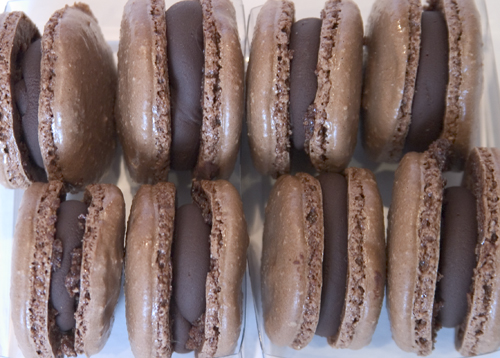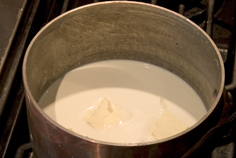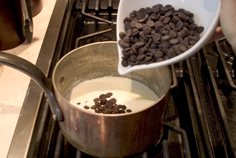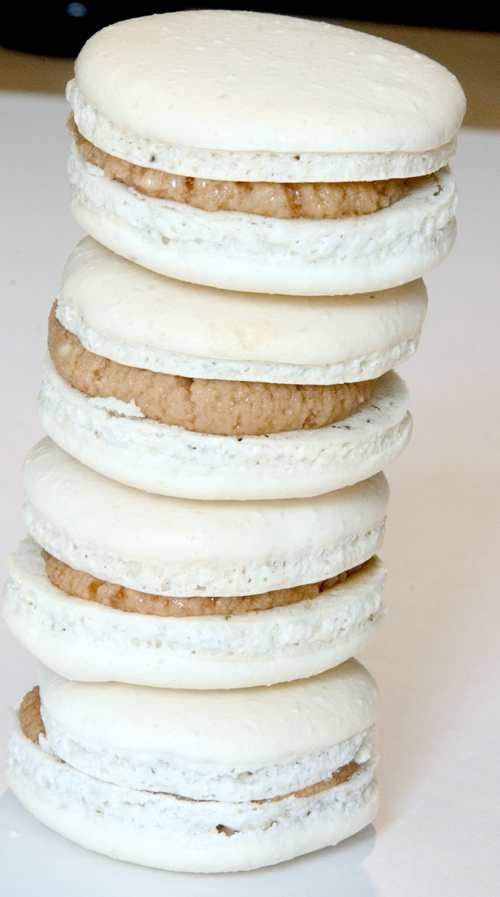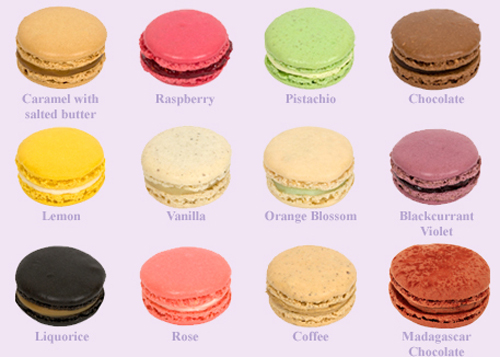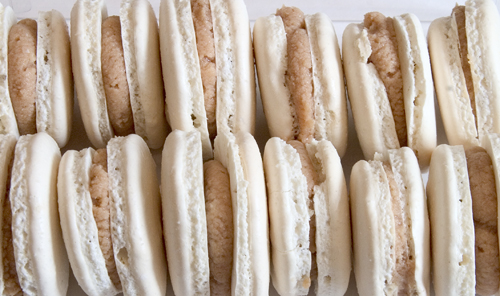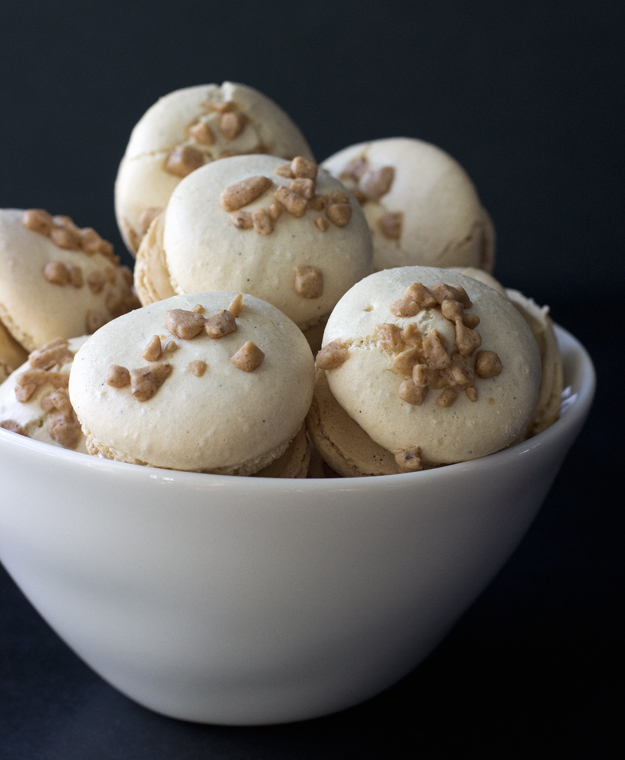
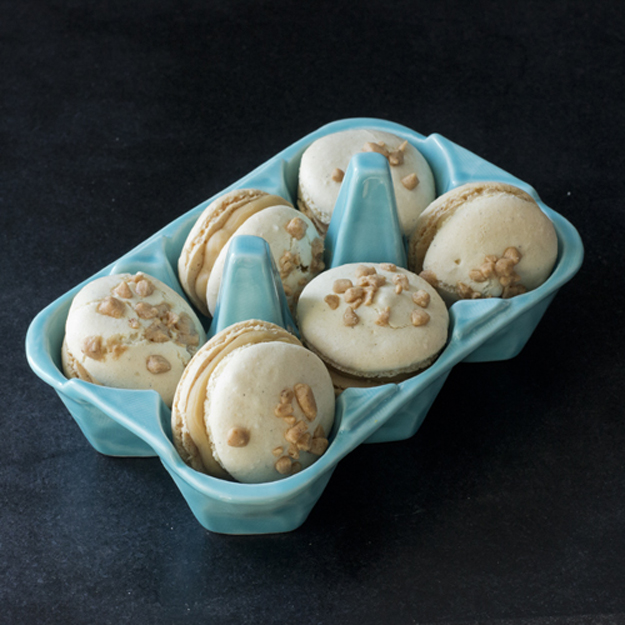
Seems that blondes really are taking over the world. First we had the introduction of Blonde Ale, then Starbucks released its Blonde Roast, and now Valrhona has introduced the world’s first blonde chocolate. Say what?? Blonde chocolate?? You thought there were just dark, milk and white?
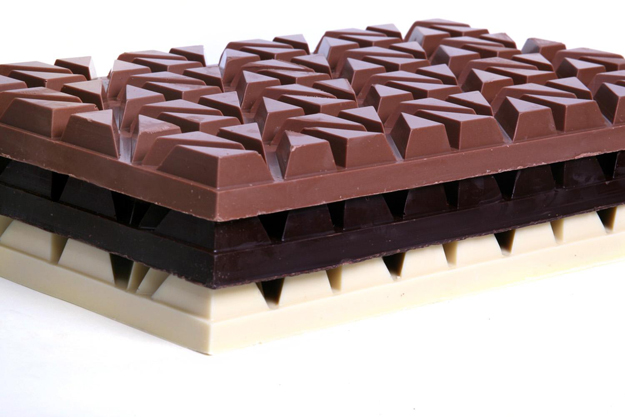
Before we delve into the world of Blonde chocolate, I offer you a quick Chocolate 101 Primer:
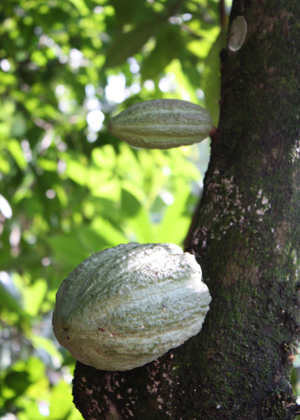
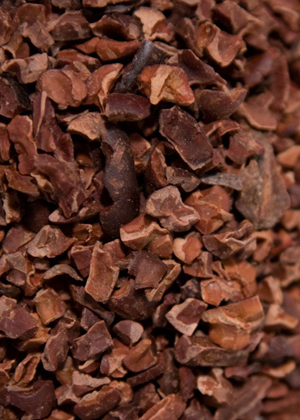
The process of making chocolate starts with the cocoa bean. The beans are fermented, dried, roasted and then shelled. These shelled beans, known as cocoa nibs, are ground and the resulting product is a thick liquid known as chocolate liquor. (It’s not actually alcohol.) Then, this chocolate liquor is pressed and from this pressing we get two products:
1. Cocoa butter, which is actually the fat from the chocolate liquor
2. Chocolate solids, which when ground results in cocoa powder.
Unsweetened chocolate is basically cocoa butter reblended with cocoa powder. Sugar is added to make semi-sweet and bittersweet dark chocolate, and milk is added to produce milk chocolate. White chocolate contains none of the chocolate liquor. It contains cocoa butter, milk, sugar and sometimes vanilla.
Yes, you chocolate purists out there, I know that technically white chocolate is not really considered chocolate since it does not contain any pulp from the cocoa solids extracted from the cocoa bean.
To be labeled white chocolate, there must be a minimum of 20% cocoa butter, 15% milk powder and a maximum of 55% sugar. Note that real white chocolate is not pure white in colour, it is actually an ivory colour. If you see snow white chocolate, it is likely that it contains vegetable oil, rather than cocoa butter and trust me, the taste difference is significant!
OK, now onto the discovery that rocked my world, Blonde Chocolate! (Just a little aside here, when I announced this startling discovery to my husband and two sons they all started snoring! Ungrateful sods, no blonde chocolate treats for them!)
As with several other culinary innovations, this one was also an act of pure serendipity! About 8 years ago, Frédéric Bau, Executive Chef and director of Valrhona’s Ecole du Chocolat, was doing a demonstration for pastry chefs from around the globe. He had some white chocolate melting in a bain-marie. He used a small amount of that white chocolate for his demonstration and the remainder was left sitting there, continuing to slowly heat, completely forgotten about.
Around 10 hours later, he returned to discover that the white chocolate had caramelized into a stunning buckwheat honey blonde colour. It had the aroma of toasted shortbread, and when he stuck his finger in there for a taste, he was shocked to discover an intense biscuity, caramel flavour. It was smooth, buttery and there was a hint of salt on the finish. Frédéric was convinced that he was clearly onto something big here. It took almost 8 years to be able to reproduce this happy accident on a large scale and sell it commercially.
But in October of 2012 Dulcey 32%, the world’s first blonde chocolate was born. Clearly I must have been living under a rock, as I had no idea about this launch. I only became aware of it last week when I got an email from The Vanilla Food Company, featuring some new products to their lineup. My mind was spinning with the possibilities and I immediately ordered a 2 kilogram bag.
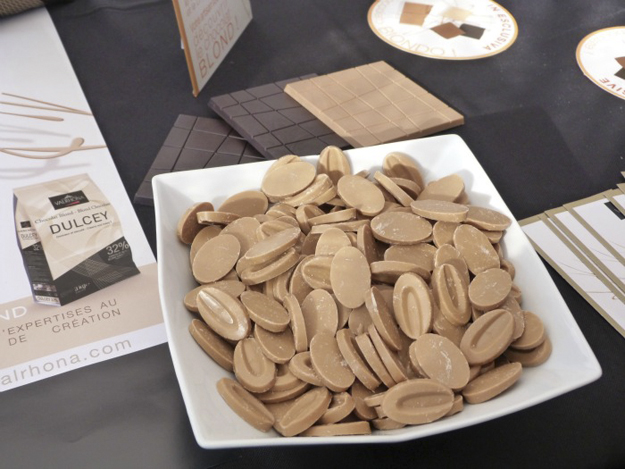
Since Passover is coming up soon (March 25), I decided to make some macarons and fill them with a Blonde Chocolate ganache. I think Frédéric would approve. These are classic French macarons, with only one “o”, not to be confused with American macaroons, (with two “oo”‘s), which are made with coconut.
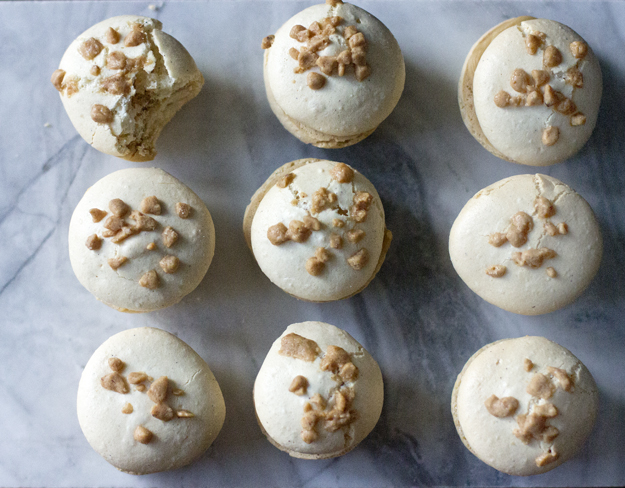
Macaons are the perfect Passover dessert, since they contain no flour. There is a plethora of information and recipes out there in the Blogosphere. I have tried numerous recipes and techniques. Last year I discovered Stella Parks’ (aka Bravetart) macaron primer. I had always thought that macarons were the prima donnas of the pastry world, very temperamental and required a delicate touch. Not so says Stella. If you are a macaron geek like me, then these posts by Stella are required reading:
1. The 10 Commandments of Macaron Baking
2. Macaron Mythbusters
To make your life easy, print out this template for piping your macarons. Depending on the size of your baking sheets, you could print two and tape them together. Place template on baking sheet, cover with parchment and set aside.

A kitchen scale and stand mixer are recommended for success with macarons. Classic macarons begin with almond flour, sometimes called almond meal. You can buy ground almonds at most grocery store or bulk food stores. The ground almonds are combined with powdered sugar and then pressed through a sieve.

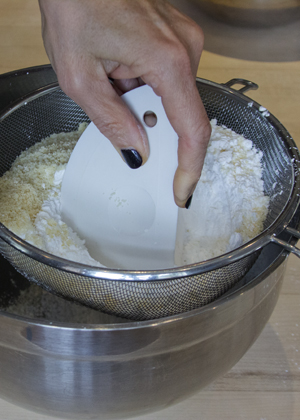
Egg whites, sugar and salt are whipped to stiff peaks. Stella gives quite explicit instructions, including number of minutes and speeds, which I have detailed in my attached recipe.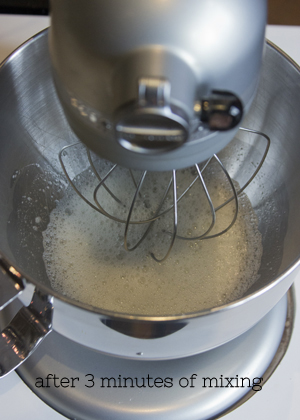
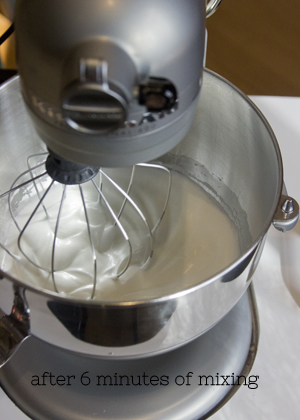
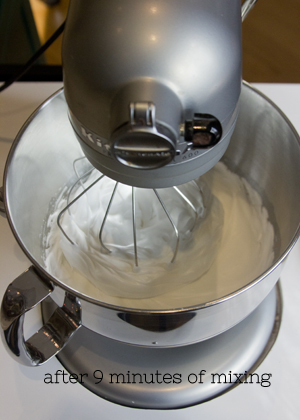
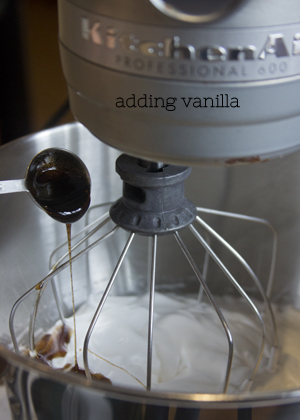
The meringue is whipped enough when there is a big clump of meringue in the center of your whisk, like this:
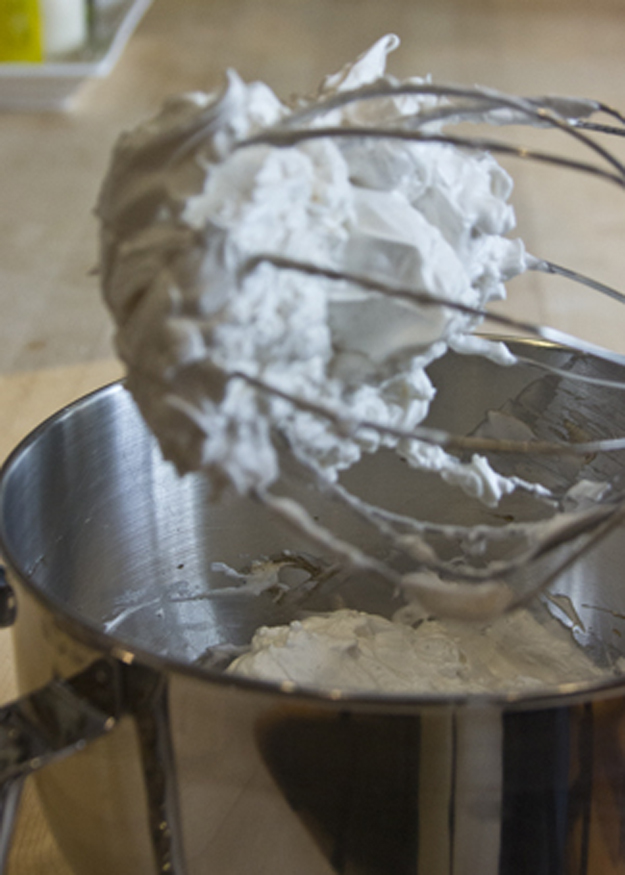
Next the ground almond/powdered sugar mixture is dumped on top of the meringue and a rubber spatula is used to combine everything. A combination of a folding stroke and a pressing motion, against the sides of the bowl to help deflate the meringue, are used. Remember, we are making macarons here, not meringues. You want to knock the air out of the egg whites.
The batter, also known as the macaronage, is sufficiently mixed and perfect for piping when you spoon some batter on top of the bowl and it mounds up on itself, but after about 20 seconds, it melts back down on itself. Your macaronage is under-mixed and too stiff if you spoon some out and drop it back into the mix and it just sits there, never incorporating. Your macaronage is over-mixed if it has the consistency of pancake batter. Do not let it get to this stage!
Filling the piping bag is easy if you place it inside a tall glass or pitcher, and cuff the top down. Only fill the bag half full. Otherwise, it will ooze out from the top and you will have a sticky mess, and probably curse me!
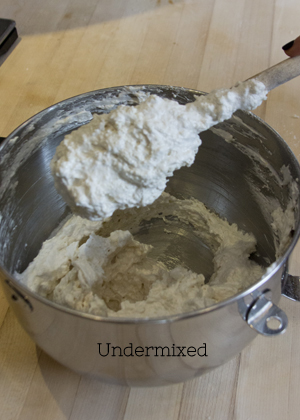
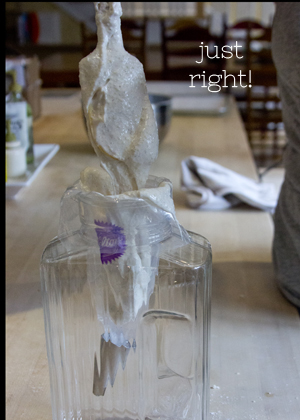
Pipe just inside the circles, as the mixture will spread.
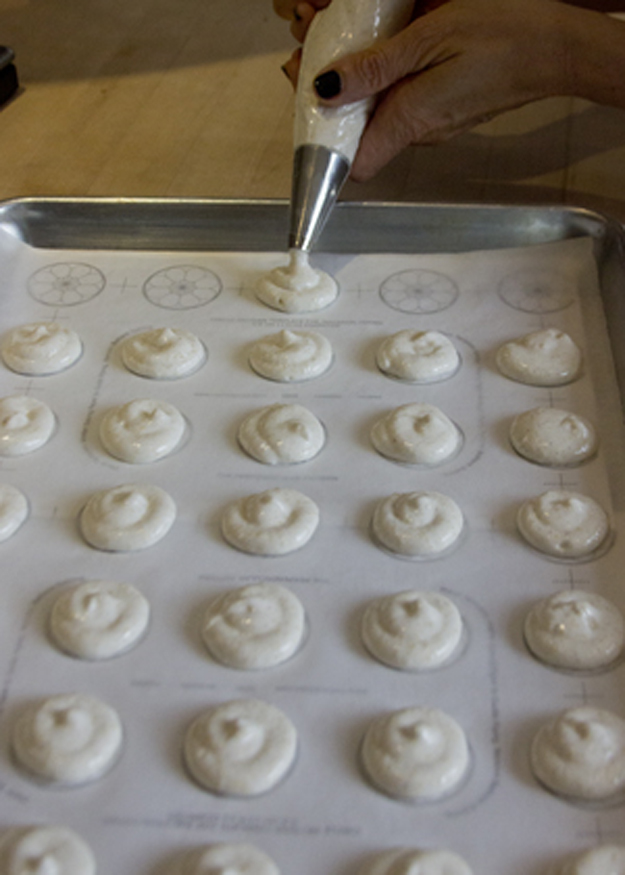
Remember to remove template before baking. Top half the macarons with a few Skor bits. These will be the top half of your macaron sandwich cookies.
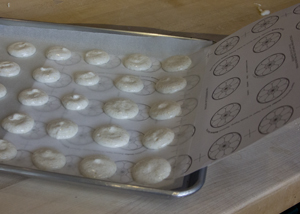
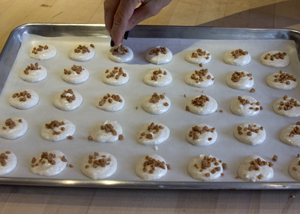
While macarons are baking and cooling, prepare ganache filling. Bring cream and butter to a boil. Pour over chopped blonde chocolate. (You could also use white, milk or dark chocolate) Let sit for 3 minutes then whisk until smooth.
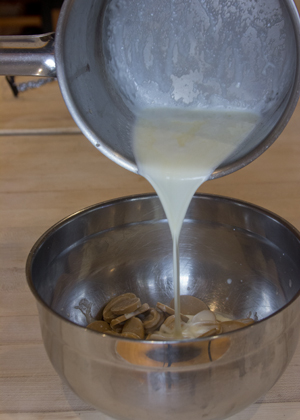
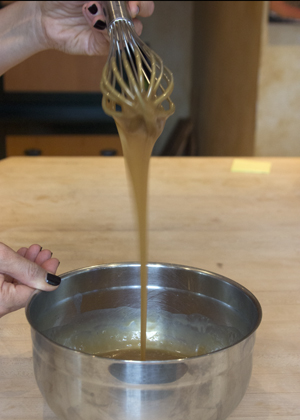
Let cool to room temperature, until quite thick and then pipe onto half the macarons. Top with Skor lids.
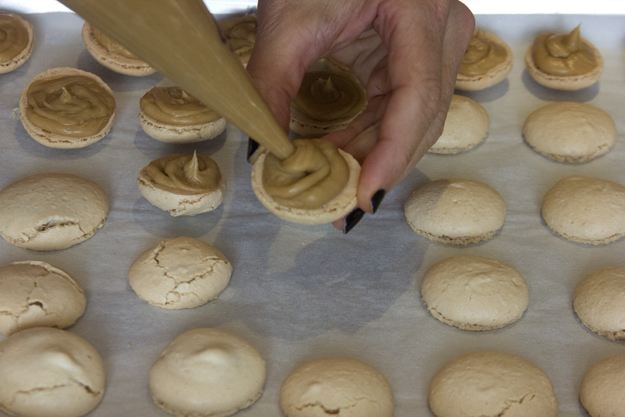
Macarons will keep in the fridge for a week or in the freezer for up to a month. Let come to room temperature before serving.
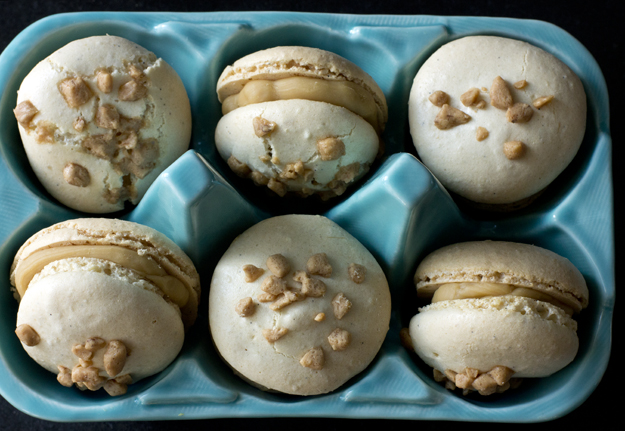
.
.
